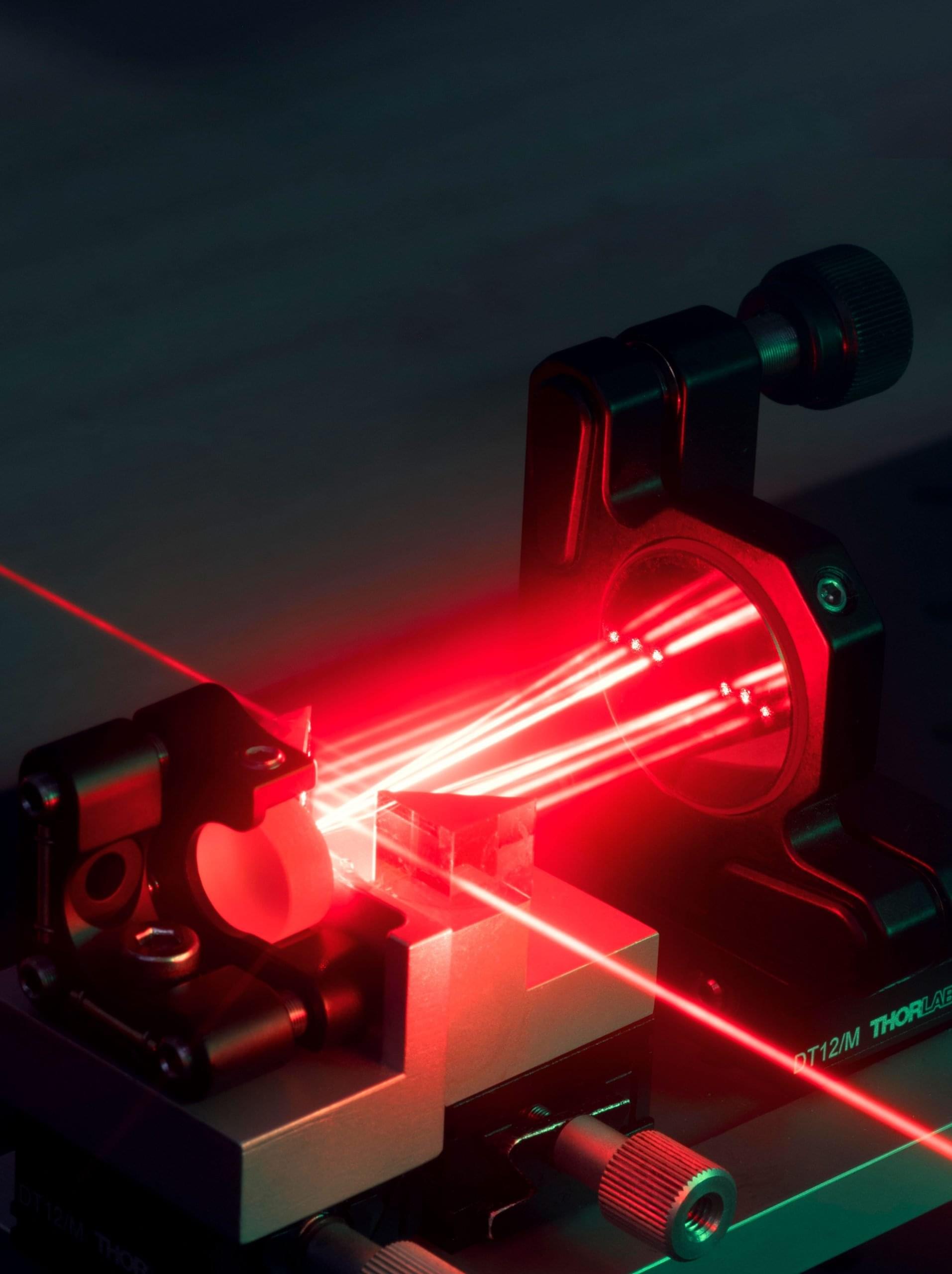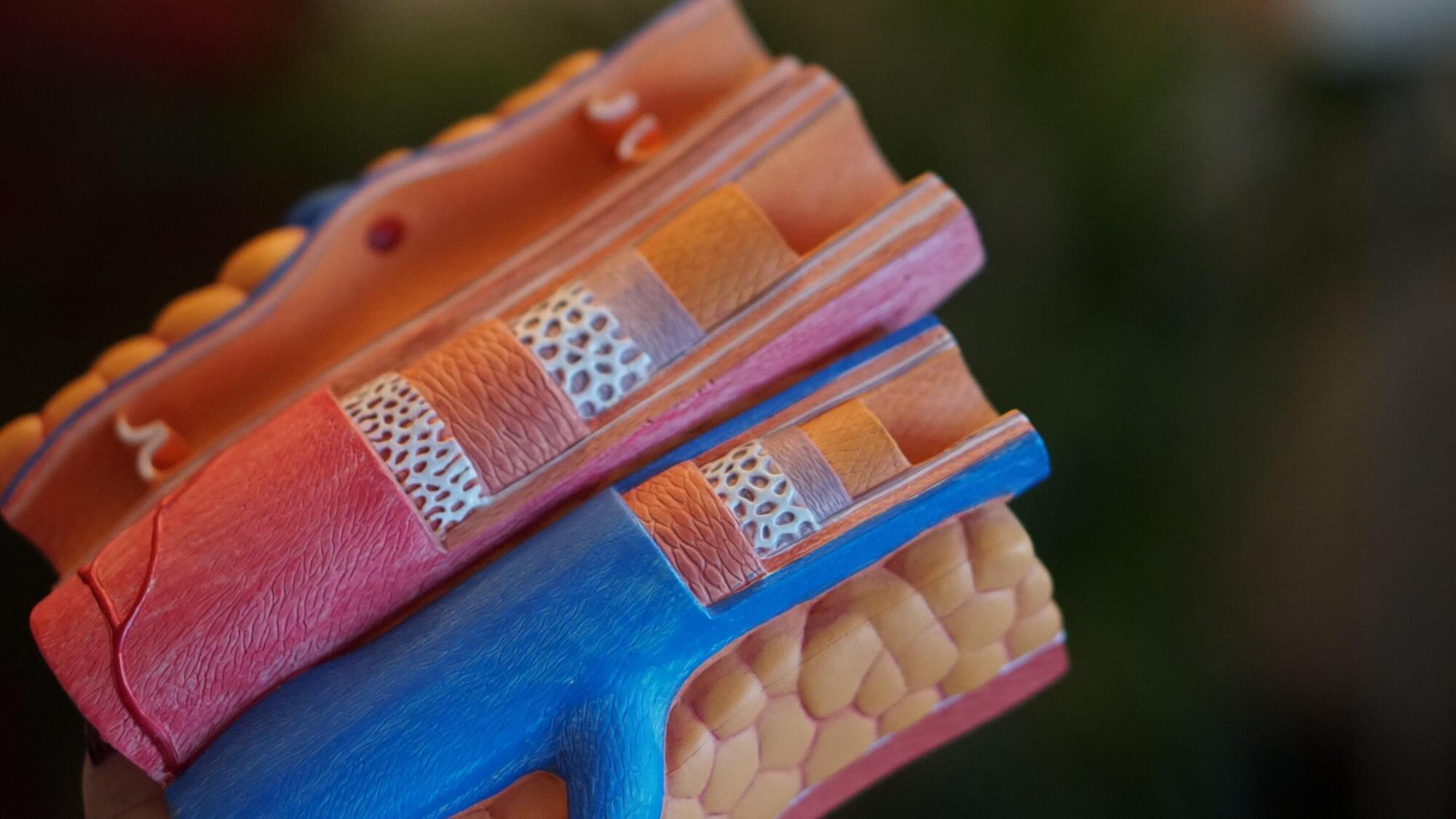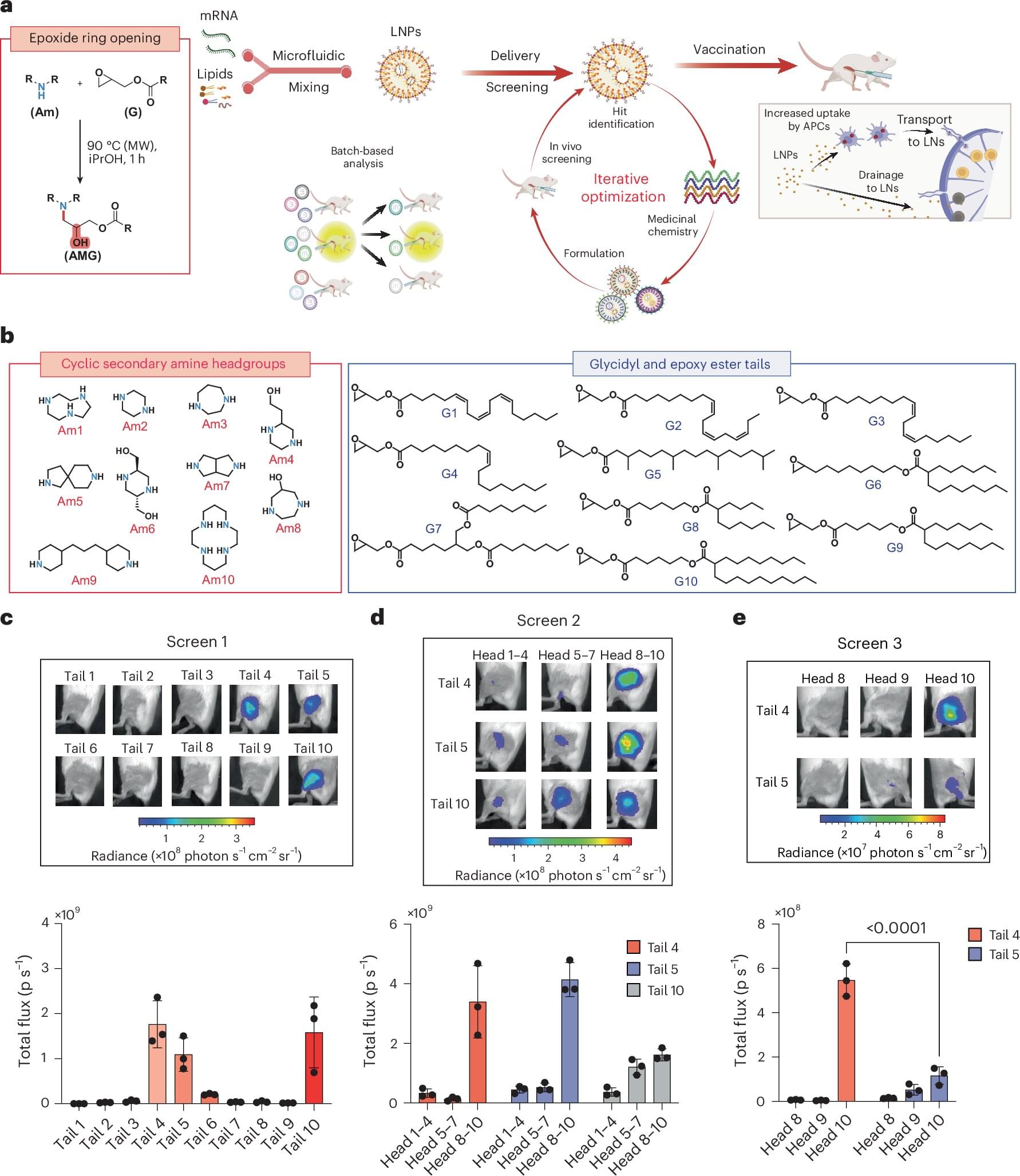NASA and Lockheed Martin’s X-59 “quiet” supersonic plane flew for the first time in October. It’s a major step towards reintroducing commercial supersonic flight in the United States.
Get the latest international news and world events from around the world.

How a Palm-Sized Laser Could Change Medicine and Manufacturing
Laser amplifiers with a wide bandwidth require special crystals that are particularly short and thin. Efficient amplifiers, on the other hand, require especially long crystals. Connecting several short crystals in series is one possible way to combine both. It is already being pursued in research. The key is to ensure that the pulses from the pump laser and the signal laser remain synchronized.
New multipass concept
Researchers have now solved this problem with a new multipass procedure. Instead of using a single long crystal or many short crystals, they use a single short crystal and repeatedly run the light pulses through this crystal in their optical parametric amplifier.

Climate intervention may lower protein content in major global food crops
A new study in Environmental Research Letters reports that cooling the planet by injecting sulfur dioxide into the stratosphere, a proposed climate intervention technique, could reduce the nutritional value of the world’s crops.
Scientists at Rutgers University used global climate and crop models to estimate how stratospheric aerosol intervention (SAI), one type of solar geoengineering, would impact the protein level of the world’s four major food crops: maize, rice, wheat, and soybeans. The SAI approach, inspired by volcanic eruptions, would involve releasing sulfur dioxide into the stratosphere. This gas would transform into sulfuric acid particles, forming a persistent cloud in the upper atmosphere that reflects a small part of the sun’s radiation, thereby cooling Earth.
While these cereal crops are primarily sources of carbohydrates, they also provide a substantial share of dietary protein for large portions of the global population. Model simulations suggested that increased CO2 concentrations tended to reduce the protein content of all four crops, while increased temperatures tended to increase the protein content of crops. Because SAI would stop temperatures from increasing, the CO2 effect would not be countered by warming, and protein would decrease relative to a warmer world without SAI.

Stenting all blocked arteries outperforms culprit-only treatment approach, study shows
Opening all blocked arteries with stents in patients with a heart attack, known as complete revascularization, reduces the risk of death from cardiovascular causes, death from any cause and future heart attacks compared with opening only the culprit artery causing the heart attack according to a new, large international study led by researchers at the Population Health Research Institute (PHRI), a joint organization of McMaster University and Hamilton Health Sciences.
The results were published simultaneously in The Lancet and presented in a Late-Breaking Clinical Science Featured Research Session at the American Heart Association’s 2025 Scientific Sessions in New Orleans, Louisiana, on November 9, 2025.
“Cardiologists face a dilemma when a patient has a heart attack and multiple coronary artery blockages are found: should they treat only the culprit artery causing the acute heart attack, or perform complete revascularization and open all blocked arteries, including the bystander arteries?” said Shamir R. Mehta, study chair, PHRI senior scientist, interventional cardiologist at McMaster University.


Sugars on immune cells, not just blood vessel walls, may regulate the inflammatory disease process
New research has updated the understanding of how sugars, known as glycans, help immune cells move into the skin in the inflammatory disease, psoriasis.
The paper titled “Leukocytes have a heparan sulfate glycocalyx that regulates recruitment during psoriasis-like skin inflammation” was published in the journal Science Signaling.
The lead authors are Dr. Amy Saunders from Lancaster University and Dr. Douglas Dyer from the University of Manchester, with their joint Ph.D. student, Dr. Megan Priestley (now at MIT) as the first author.

Waist-to-height ratio outperforms BMI in predicting heart disease risk
The ratio of a person’s waist measurement compared to their height is more reliable than body mass index (BMI) at predicting heart disease risk, according to new research from UPMC and University of Pittsburgh physician-scientists.
This finding, published in The Lancet Regional Health—Americas, could reshape how clinicians and the public assess cardiovascular risk, especially for people who don’t meet the classic definition of obesity.
The team analyzed data from 2,721 adults who had participated in the Brazilian Longitudinal Study of Adult Health (ELSA-Brasil). The individuals had no cardiovascular disease at baseline and were followed for more than five years.

Nanoparticles that enhance mRNA delivery could reduce vaccine dosage and costs
A new delivery particle developed at MIT could make mRNA vaccines more effective and potentially lower the cost per vaccine dose.
In studies in mice, the researchers showed that an mRNA influenza vaccine delivered with their new lipid nanoparticle could generate the same immune response as mRNA delivered by nanoparticles made with FDA-approved materials, but at around 1/100 the dose.
“One of the challenges with mRNA vaccines is the cost,” says Daniel Anderson, a professor in MIT’s Department of Chemical Engineering and a member of MIT’s Koch Institute for Integrative Cancer Research and Institute for Medical Engineering and Science (IMES).

